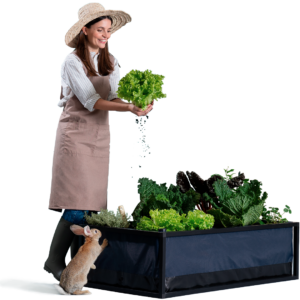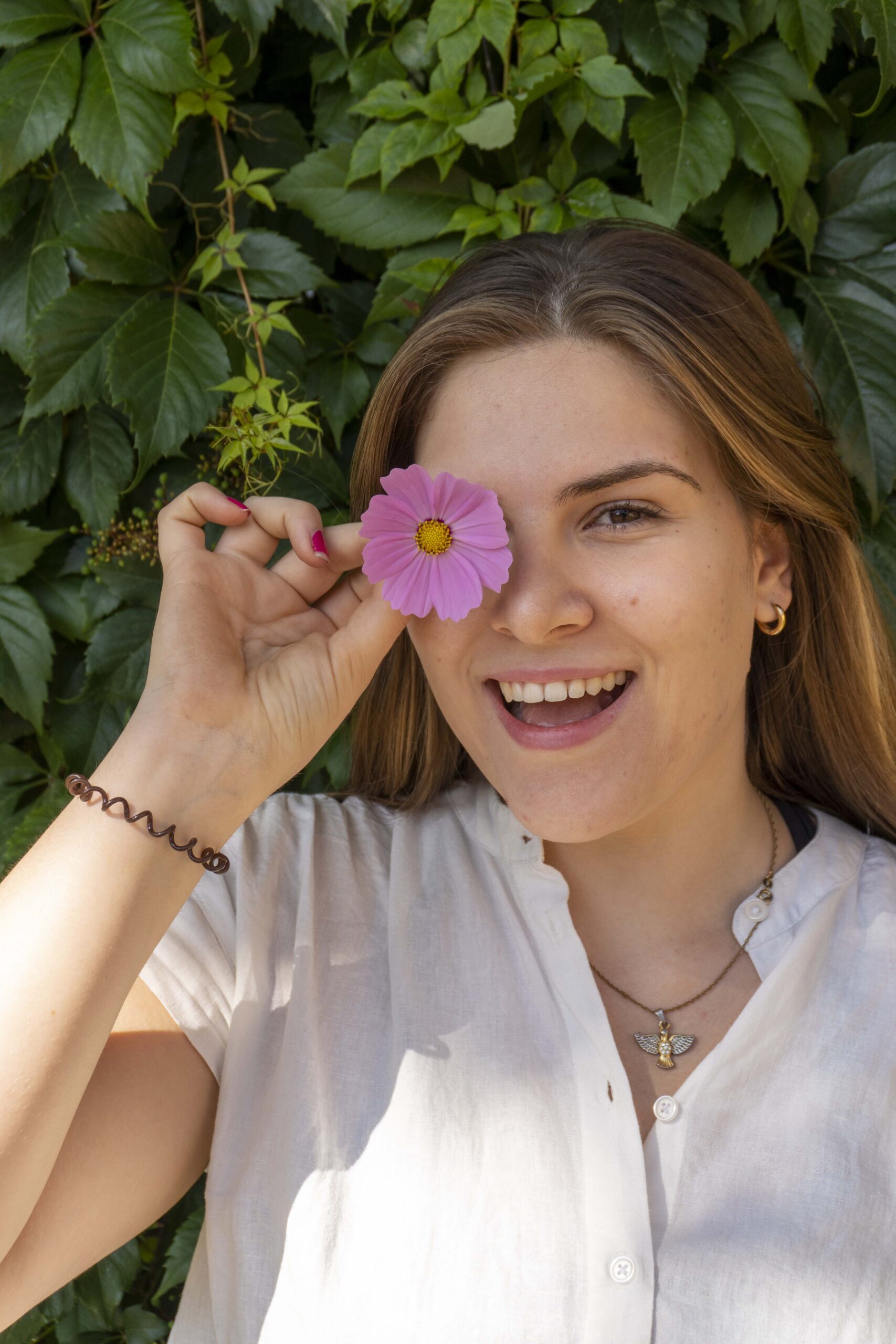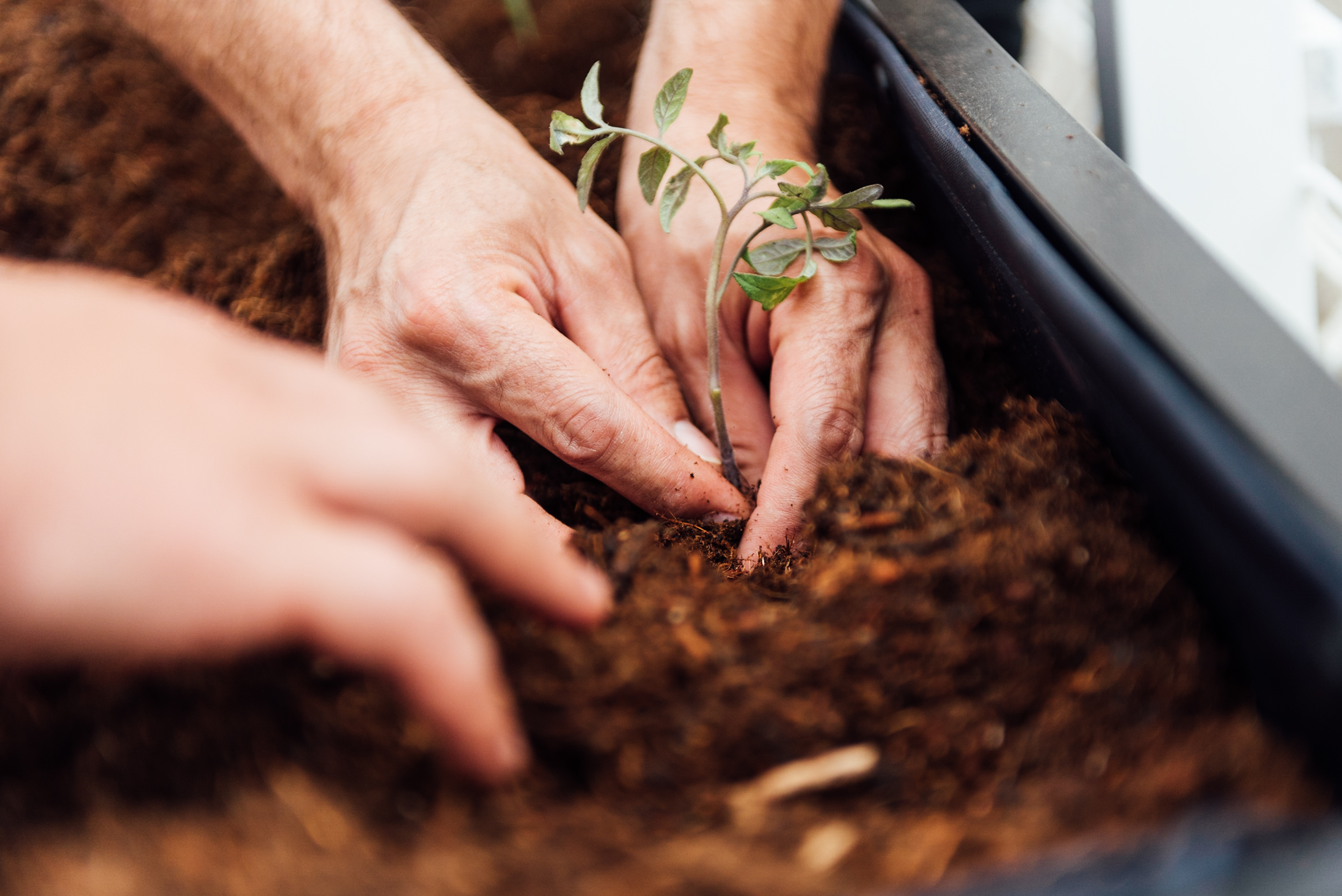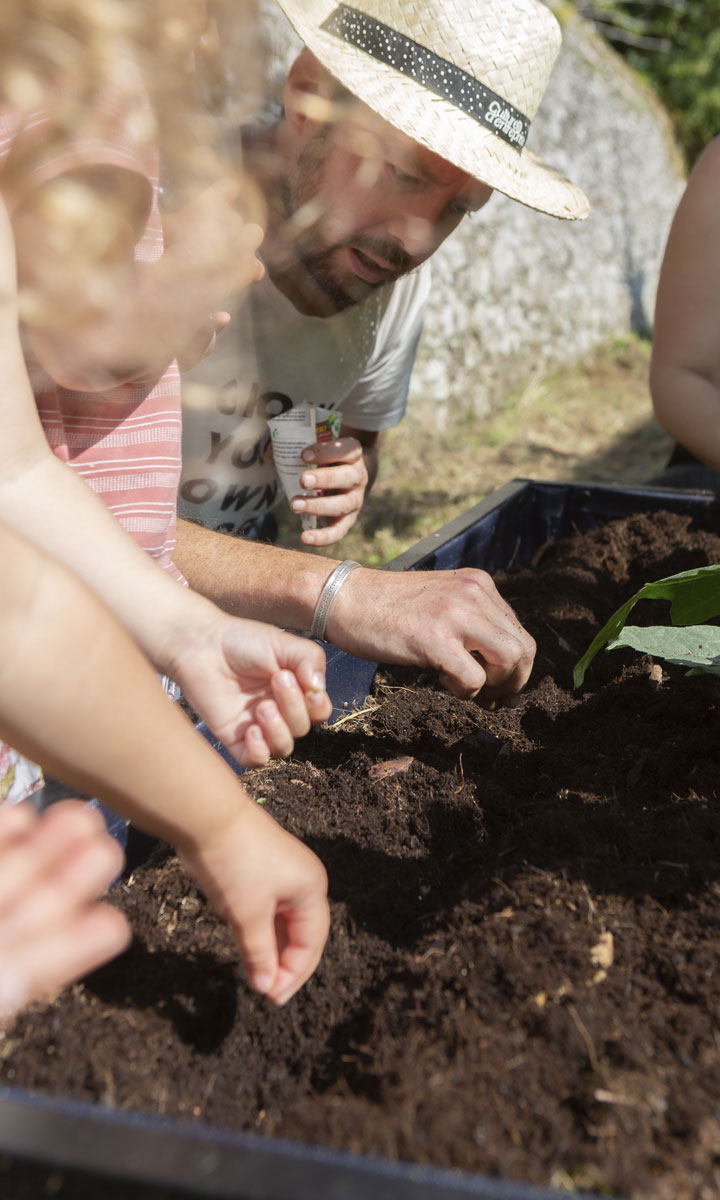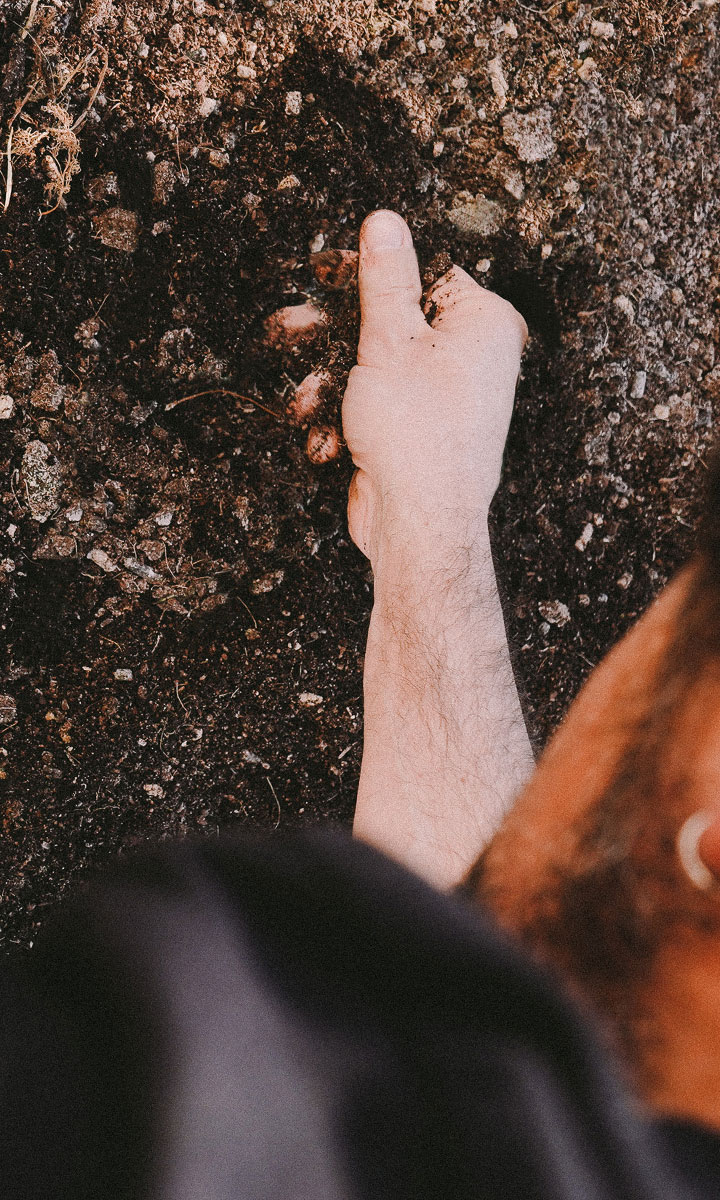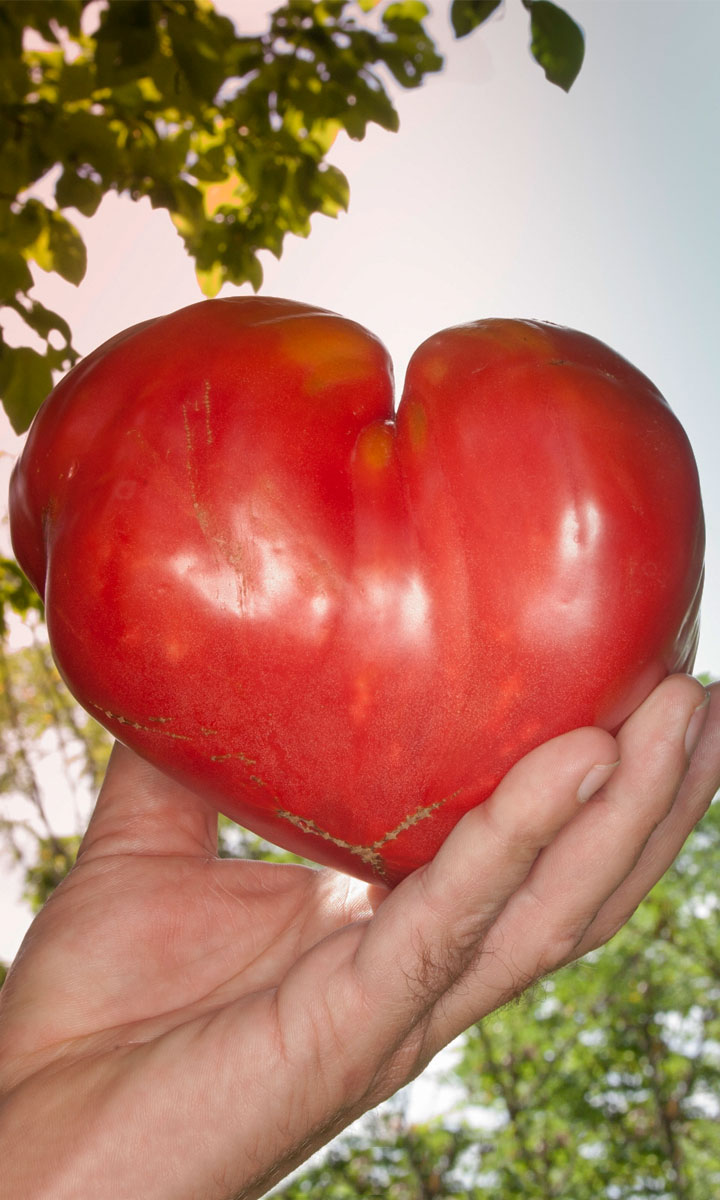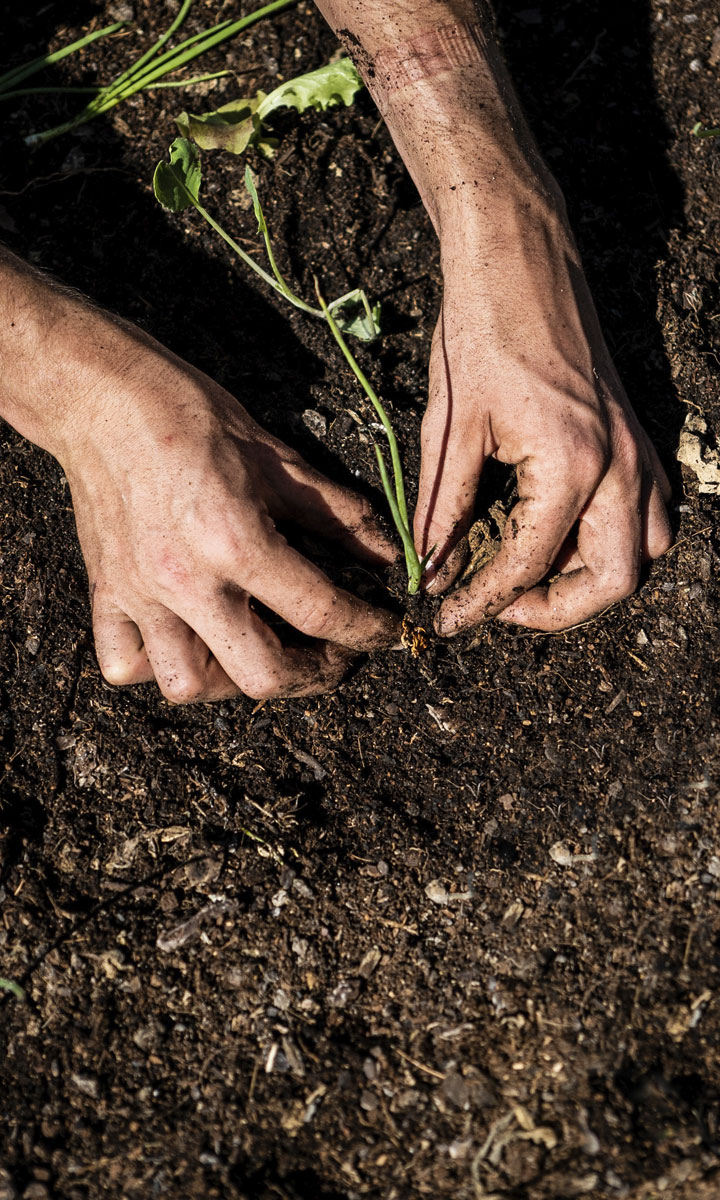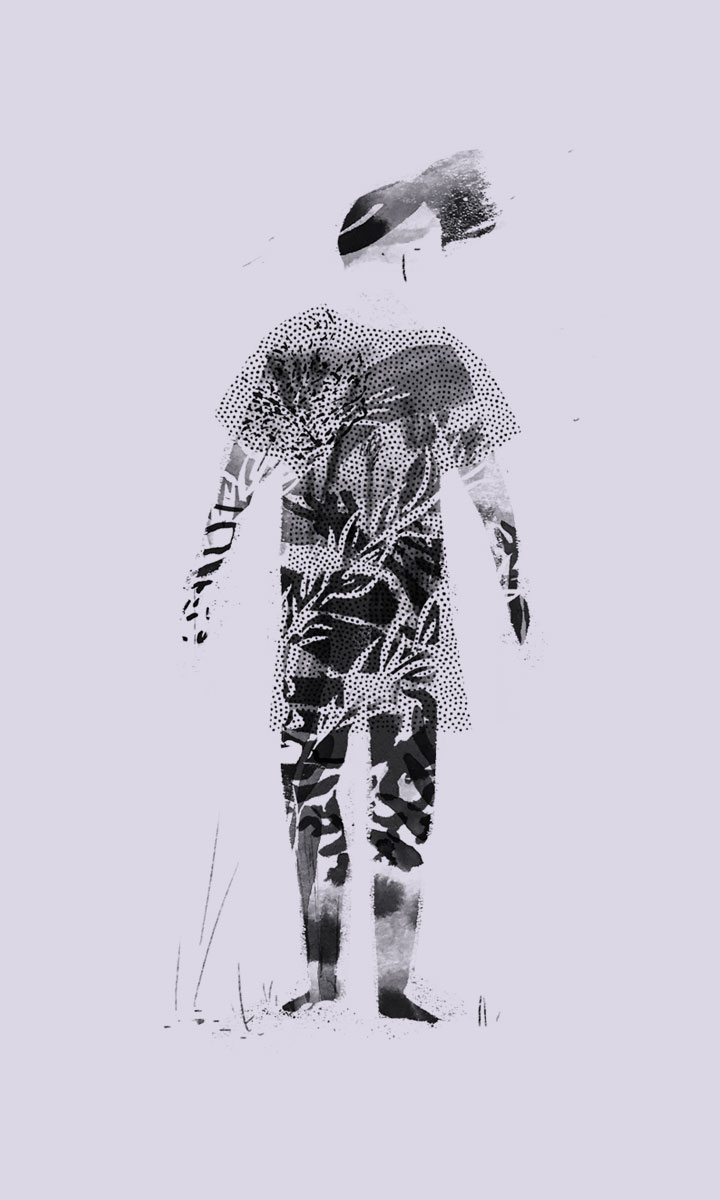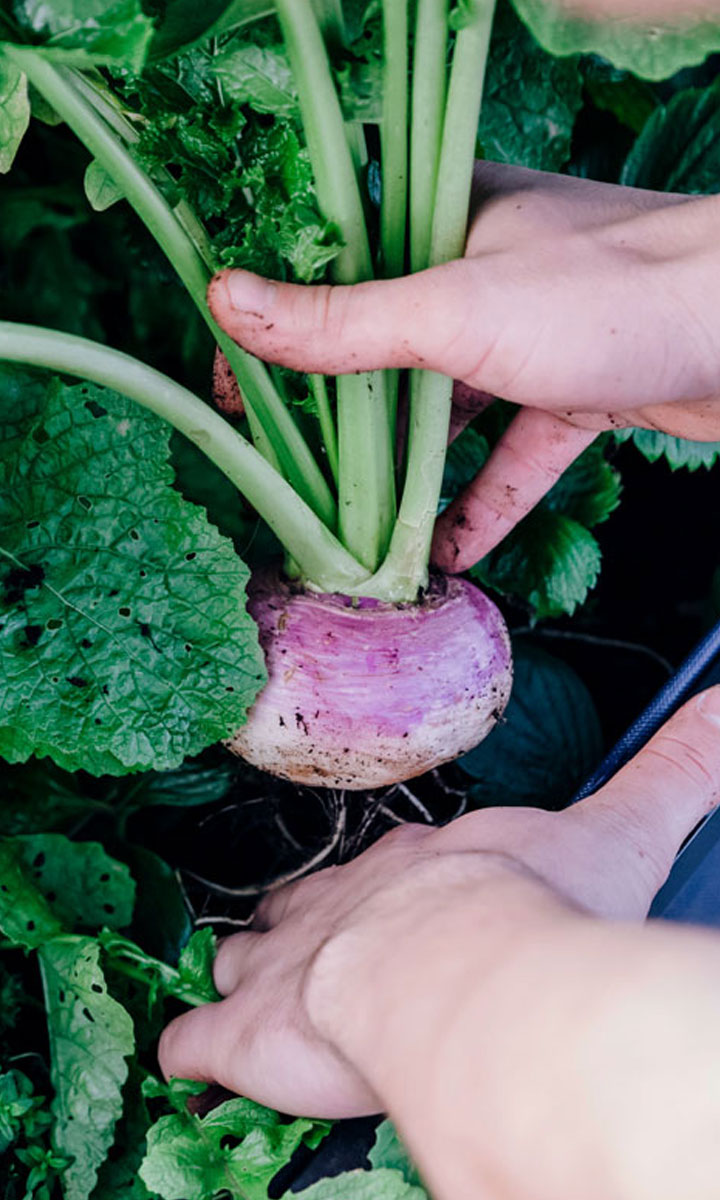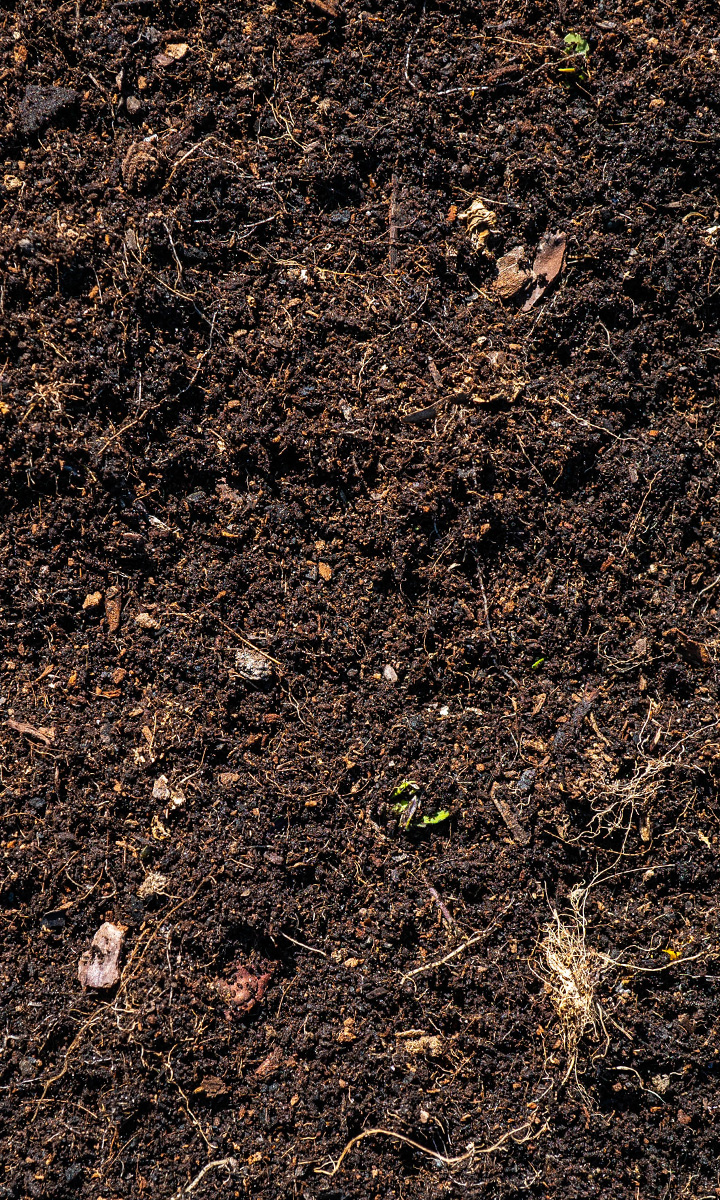Permaculture as an everyday toolkit.

Maia Frazier
A holistic approach to gardening, a self-sufficient ecosystem, a philosophy of working with nature, an innovative framework, a whole-systems design, a holistic world-view — Permaculture’s definitions are as multifaceted as the concept itself.
At its core, Permaculture is a portmanteau of the words’ permanent’ and ‘(agri)culture’. The approach was birthed in Australia in the 1970s by Bill Mollison and David Holmgren as a tool for designing permanent, i.e. self-sustaining, agricultural systems. Permaculture has since branched out and successfully established itself as a global movement with applications far beyond the garden bed, thereby proving its flexibility and value in all areas of human interaction and intervention, including the home, day-to-day life and community at large.
Three guiding ethics form the heart of Permaculture: Earth Care, People Care and Fair Shares. Permaculturalists adopt these ethics in combination with the twelve Permaculture Principles and adapt them to their local environment or circumstance:
- Observe and interact
- Catch and store energy
- Obtain a yield
- Apply self-regulation and feedback
- Use and value renewables
- Produce no waste
- Design from patterns to details
- Integrate don’t segregate
- Use small, slow solutions
- Use and value diversity
- Use edges and value the marginal
- Creatively use and respond to change
To give you a feel for these principles’ wide-ranging applications, on the pages that follow, we expand on two of the twelve principles and explore their applicability in three different areas of life — the garden, personal consumption and relationships. We will build on this foundation and explore the other principles further in upcoming editions of our magazine.
Permaculture: observe & interact
This principle is rooted in the belief that the key to a successful design lies in the ability to observe the individual players in any given environment, free from judgement or interpretation. Taking this one step further, you are encouraged to explore how they are interconnected. Thus, observation is not a static state — it is an interactive and dynamic cycle.
Cultivating a vegetable garden
After you have successfully set up your noocity growbed, it’s time to start tending to it. Take the time to observe your site every few weeks or months, or even every season. We recommend recording your finds in a notebook or spreadsheet.
Which animal species inhabit my garden? (aphids, worms, pollinators, birds) How are they potentially aiding this system? (fertilising, aerating the soil, pollinating) Are they causing harm in some way? (stealing seeds, uprooting seedlings) How do the plants relate to each other? (offer shade, steal sun, robbe nutrients)
You may be surprised at what flora and fauna suddenly appear in your miniature ecosystem and how quickly these can alter the dynamics in your growbed. By observing their interactions and reflecting on these, you will begin to equip yourself to ideate and design responses later down the line.
Sustainable consumption
Many people yearn to become ‘better’ or ‘more sustainable’ consumers but grapple with where and how to start making changes. By recording your behaviour, you may find it much easier to single out areas that are the easiest or perhaps most crucial to tackle first.
How do I separate my waste? In which category do I generate the most waste? What areas of my consumption is this waste being created by? What chemicals do my cleaning products contain? Which natural or eco-friendly alternatives can I find?
Fostering healthy relationships
Perhaps you are looking to get to know your colleagues more personally or encourage positive collaboration between individuals in any given environment. Or maybe you are simply devising ways to create more time and space for community building. Continually observing the status quo can help shine the spotlight on areas for improvement in inter-human relationships.
Do I spend time with my colleagues outside the office? How much and what activities do we undertake? How much of our time together is spent talking about work? What spaces are available to us for group activities? How much time can we spare and spend together? When I work with others, am I more of a talker or listener? What skills or interests can I share or learn from others?
Tip: Consider mapping out these interactions to observe where connections already exist and where there are gaps. This will provide you with a sound basis for ideating in the next step.
Permaculture: catch and store energy
Resource management is a vital component of sustainable and regenerative environ-ments. And energy is a fleeting resource in any system. It comes in many shapes and forms. Sun to the garden is money to the bank; food for the body is laughter for the soul. This principle focuses not on how energy is spent (i.e. where it is channelled) but finding ways to capture it when it is available in abundance and maximising the time it can be preserved.
Cultivating a vegetable garden
When we talk about catching and storing energy in any natural landscape, the first place we look is to the sky:
Where does the sun draw its path? Which direction does the wind come from? How often (and how much) does it rain? What materials do I have access to that can help me build healthy soil?
While physically storing sunlight requires a photovoltaic system, the simplest way you can maximise (or minimise, depending on the climate and time of year) the exposure your growbed gets is by determining its positioning. If, for example, you have a rooftop garden in Lisbon, you may be more concerned with devising solutions to create shade to avoid your veggies bolting and burning at the height of summer. However, if you own a small inner-city terrace in a courtyard in Paris, you may want to place your Growbed in the sunniest spot you can find to maximise plant growth. Regardless of where you are located, water will likely be a priority at some point in the year. Larger projects may consider investing in bigger structures, like water tanks and ponds, to harvest rainwater. For smaller habitats, such as balconies or windowsills, it is probably sufficient to place a bucket or series of containers and combine it with your Growbed that already capture water drops from the sky.
Sustainable consumption
Food waste is a big topic in many households, but it doesn’t have to be that way. People who cook with a lot of fresh produce might find themselves overwhelmed by the sheer volume of onion skins, radish leaves and lettuce hearts that pile up in their kitchens.
Have you really used all the parts of the vegetable that are edible? Do you have space in your kitchen for a small compost bin? Is there a local compost project you can bring your organic waste?
These are all excellent measures for circling energy right back into your system (i.e. houseplants or growbed) in the form of compost or fertiliser. But taking one step back, fermentation and other food preservation techniques can work wonders in extending abundant foods’ lifecycles well into different seasons.
Did you know that vegetables’ flavours and bioavailability are enhanced with the help of brine, a simple salt and water solution and a bit of patience? Have you ever tasted bubbly water kefir or homemade fruit vinegar?
Storing energy in the household isn’t just about finding exciting, new uses for food. This principle can also be applied to many other areas, such as the clothes you wear.
Do jeans really need to go into the machine every time you wear them? Did you know that if you hang woollen clothes in the sun for a few hours, they will smell like a fresh summer day?
When sourcing ingredients for homemade cleaning products, rather than ordering them online (and increasing your CO2 footprint) or going on ten single trips to find the individual items (and wasting time in your days), block off two hours on a Saturday, grab a friend, hop on the bus or bike, and make it a treasure hunt.
Fostering healthy relationships
We all know that feeling — waking up in the morning fantastically energised, walking through the day with a skip in our step, joking with colleagues over coffee and smiling at strangers on the street. We also know that not every day is like that. There are interesting ways to catch and store social energy to make up for Monday blues or frazzled Fridays in all of life’s ups and downs.
Go to bed early the night before a big presentation or deadline. Create designated safe spaces where people can retreat to when they would not like to be disturbed. Do resource intensive tasks when you feel like dancing on cloud nine and avoid pressuring yourself to perform when you feel low. Find someone who makes you laugh and invite them out for a coffee or walk. Lend a helping hand when you have one to give, ask for hugs when you need them.
Tip: Energy in the social sphere is not only your responsibility. Everyone in your office, family or community has a part to play. The fact of the matter is, if everyone takes care of catching and storing their own energy, there will always be an abundance of shoulders to lean on and enough happiness to go around.
In a Nutshell
While we only touched on the very tip of the iceberg, we hope that it gives you a better sense of how Permaculture can help you design a more resilient garden, conscious lifestyle or healthier community.
Interested in delving deeper into the subject? Stay tuned for the next edition of our eMagazine as we expand on this series. There are also plenty of free resources online and people working with Permaculture in almost every city and region.
For further reading, we recommend:
- Permaculture Design: A Step by Step Guide by Aranya;
- People & Permaculture by Looby Macnamara;
- Permaculture Principles & Pathways Beyond Sustainability by David Holmgren
